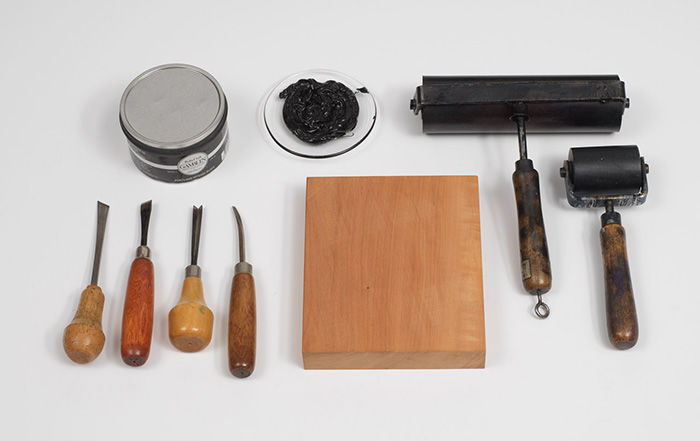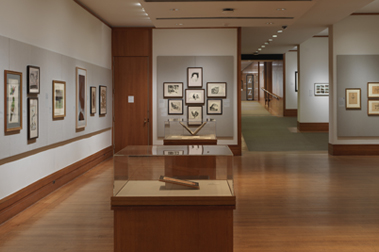Villa Almerico (Villa Rotunda), from I quattro libri dell'architettura di Andrea Palladio (Book 2, page 19)
Not on view
One of the best-known and often copied villas of the Renaissance, the Villa Americo (1566–69), originally built for Monsignor Paolo Americo and completed by Vincenzo Scamozzi, still overlooks the vineyards and farmlands outside Vicenza. Following the precepts described by Alberti in De re aedificatoria (first edition, 1485) and in turn based on classical Vitruvian theories, the villa is beautifully perched on a hilltop, its appearance reminiscent of a Greek temple rather than a private country residence. Also known as the Villa Rotonda, the building is four-square and bilaterally symmetrical, centering upon a round, domed hall, its facades accentuated with a hexastyle, projecting temple-front portico on all four sides. As the domestic retreat of a gentleman, it ignores many of the properties of Palladio's designs for working villas such as the granary on the second floor. Villa Rotonda demonstrates Palladio's mastery in crystallizing classical ideals of geometric form, absolute symmetry, and harmonic proportion in plain, dignified designs.
This image cannot be enlarged, viewed at full screen, or downloaded.


